Lived in a yurt for nine years
Þóra Sólveig and Erwin run Iceland Yurt in Eyjafjörður, where they live with their two children. Composite image
Þóra Sólveig Bergsteinsdóttir and her husband, Erwin van der Werve, offer tourists a place to stay in a so-called Yurt or shelter tent from Mongolia in Leifsstaðir in Eyjafjardarsveit. They lived in such a tent in the countryside for many years, but they built one in the Netherlands.
Þóra Sólveig grew up on the farm Leifsstaðir, but the farm is opposite Kjarnaskógur forest on the east side of the fjord and is owned by her father. Erwin is Dutch, however, and Þóra Sólveig met him at the Iceland Academy of the Arts, where they studied art.
“We are both artists, we studied visual art, but my material took me into performance art. Erwin is mostly making paintings but he is also working on video art,” she says.
Built their own tent
“We moved to the Netherlands in 2004 and spent five years together. There we met people who lived in a tent in the port area of Amsterdam. It was fascinating for both of us, the woman had recently given birth,” says Þóra Sólveig about their first encounter with the Mongolian tents.
The idea kept on brewing in their minds when they went to China in 2006 for an art exhibition tour. “We traveled across the border in a bus to Tibet – we didn’t see any tents there, but we were impressed by the culture.” She describes the colorful culture and Tibet like flowers in a desert.
In 2008 they built their tent.
“We lived in the Netherlands and I tell my husband: ‘Shouldn’t we build a tent?’ and he says ‘Yes’. This idea suddenly came to me. We found a course in the south of the Netherlands. The teacher said he wanted to meet us first because it took a long time. We lived there three days a week and built the tent, working late into the night. It took four and a half months to build. We got slices of trees and we built everything from scratch. These are walls that can be assembled like a harmonica and everything is hand-knitted on both sides of the joints. There are five walls and endless knots. There are no screws except in the hinges on the doors.”
Þóra Sólveig recommends to unplug in this kind of acommodation and get in touch with nature and the here and now. Photo/Sent to mbl.is
Home
The tents are called Ger in Mongolia, which means home, and the tents are meant to last a lifetime. Otherwise, they are often called Yurt or simply Mongolian tents. “These are the tents of nomads who travel between places, with livestock and it’s a fascinating culture,” Þóra Sólveig says. She and her husband have traveled with the tent for artistic purposes and to move to different places.
Þóra Sólveig says it takes two to four hours to install the tent, but one hour to take it down. They have installed it in Norway, where they lived for a while, but they have also installed it in places like Landmannalaugar and Þórsmörk for artistic purposes.
“We moved to Iceland from Norway in 2014 when I had had two kids and my health was not so good. We had the home with us back then,” she says Þóra, referring to the tent they built in the Netherlands. She was caught in a loophole in the system, where she was sick and unable to move between countries, and didn’t receive benefits or income for three years after they moved. “We hadn’t planned to live with children in a tent, but it worked out very well. We spent nine years in a tent together, seven years in the tent we built, and two years in a tent we ordered from the Netherlands,” she says and adds that their first tent was 30 square metres.
Þóra Sólveig Bergsteinsdóttir with her husband, Erwin van der Werve, and their two children. Photo/Sent to mbl.is
What did people around you think about you going to live in a tent?
“It was different how people felt about it. Anyway, we felt really good in the tent. A lot of people thought it was cool and fun. Then others thought it was some sort of an emergency measure, but that’s just a misunderstanding. We don’t need to live in a big house.”
How is it in winter?
“It’s just very nice. We have heat in the floor and it’s going good,” Þóra Sólveig, whose tent is insulated with wool.
Þóra Sólveig and Erwin moved to a barn house recently to provide more space to their children who are about to reach their teenage years. “I wanted to live in a tent as long as the kids would be happy there. They were still quite happy, but you find it’s good for them to have their own space.”
Relaxation in nature
Today, the two tents Þóra Sólveig and Erwin created are tourist tents, and the couple have added two more. “We put up the fourth tent last year, it’s a natural expansion because life happened. It wasn’t some kind of business idea. We wanted to let people experience what it’s like to be in a tent.”
How do people experience it?
“It’s awesome, it’s close to nature. There’s peace, but there’s always someone who doesn’t realize they’re going to a natural acommodation.”
In the God/ess Gaia Templa people can get guided mediation and relaxation with sound healing. Photo/Sent to mbl.is
What types of people come?
“There are a lot of Americans and Germans and just about every nation, including Icelanders. Some people like it, we want people who want to stay with us, but not because it’s cheap to have a lot of people in a tent. Our ideal is that people enjoy being in nature and get deep relaxation. There are a lot of people who get a good relaxation and find it wonderful and feel like the experience is one of a kind.”
Þóra Sólveig says many things about the tents add to people being able to relax even better. The Mongolian tents are circular which is cozy and like the surroundings are giving you a hug. She also recommends putting down your phone and enjoying your social life in the here and now. Þóra Sólveig also offers relaxation and sound healing in her hand-cut Yurt tent which is her Gaia God/dess temple.
The soft circular form of the yurt is like being hugged and it helps with the relaxation. Photo/Sent to mbl.is
Every place is wonderful
Do you have favorite places in the north?
“Nature is wonderful wherever you go and taking a deep breath, sitting down, savoring the moment, enjoying, and taking note of what’s happening around you. Where you can notice how the shapes are and how they move in the wind, listen to the animals, and take note of the details. I also love to travel around the country and get to know it more deeply. I have ceremonies in the wild and I honor nature and go to the places that call out to me.
I love being at Hjalteyri with Lene Zachariessen. I had a performance and exhibition there in 2016. I love Hjalteyri very much and I go to the sea and the hot tub that's there and look at the skins and the craft. Then there's Verksmiðjan with interesting modern exhibitions. I recommend Dyngjan-art House with its dyeing and production of fabrics, honey, and other things.
For tourists, I would recommend going to Goðafoss waterfall, but it’s naturally crowded in the summer when there are buses and cruise ships. Goðafoss is also a very amazing waterfall. It’s powerful, full of energy, and beautiful, and there are magical beings in the landscape.”

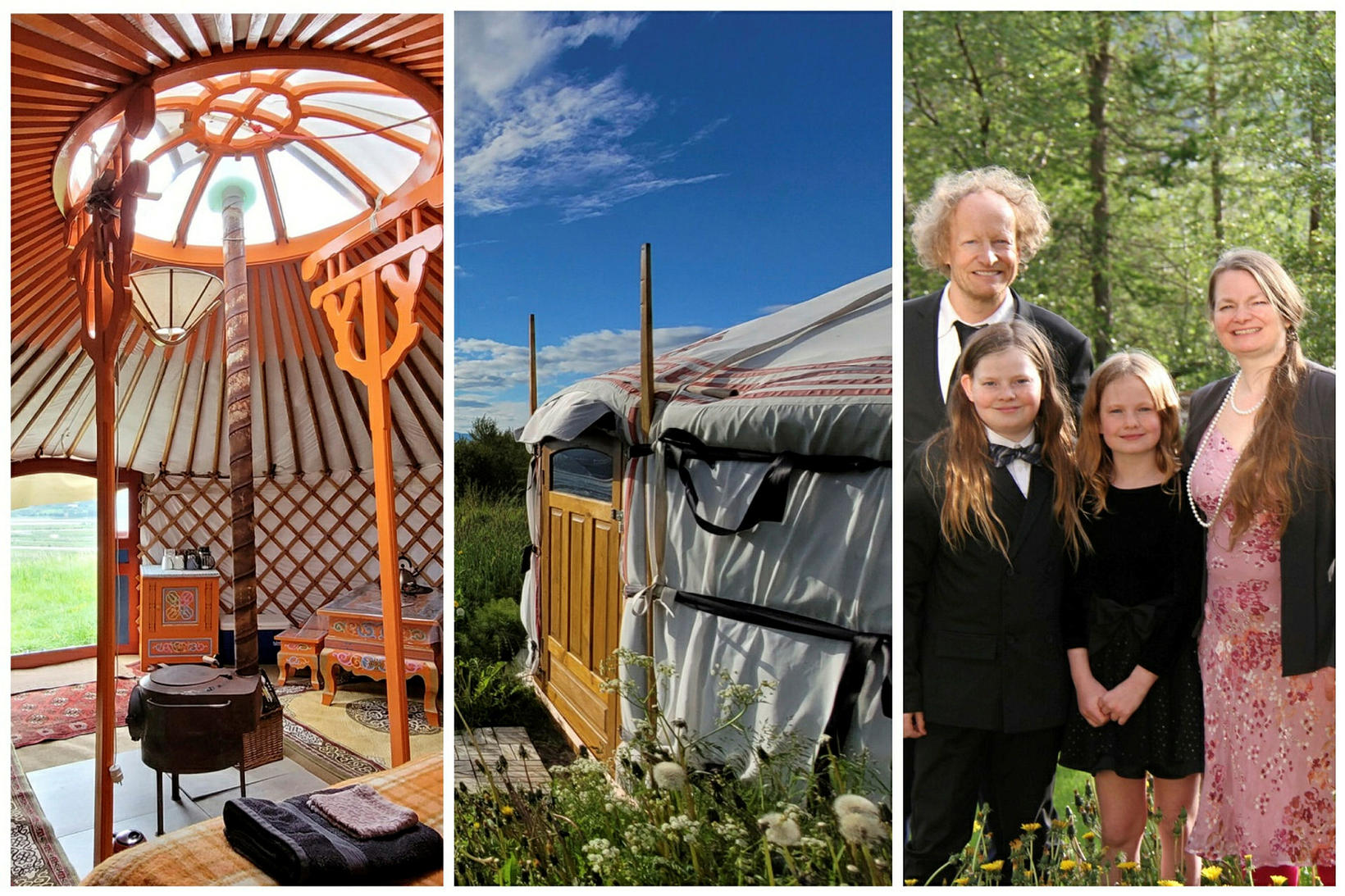
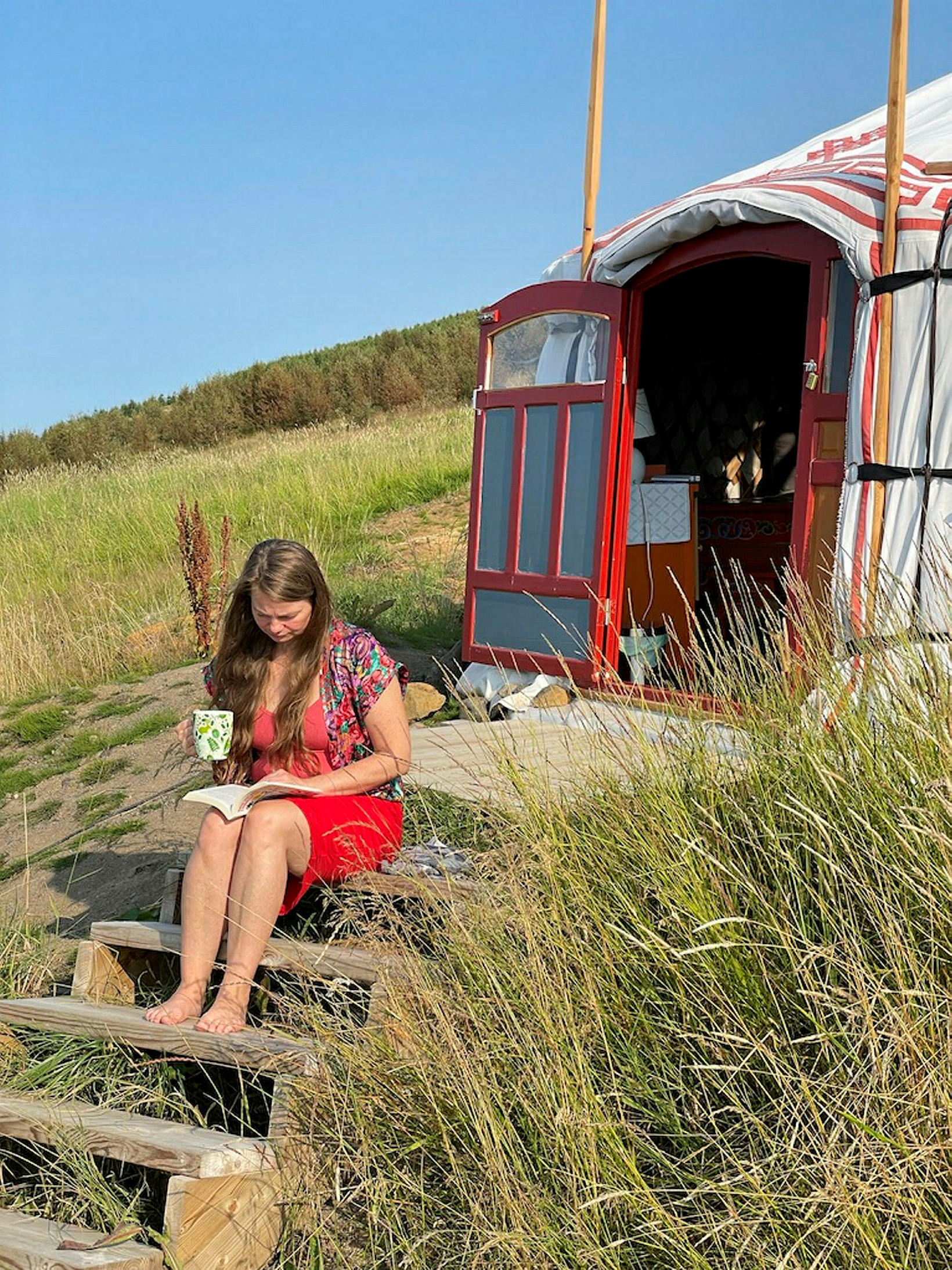
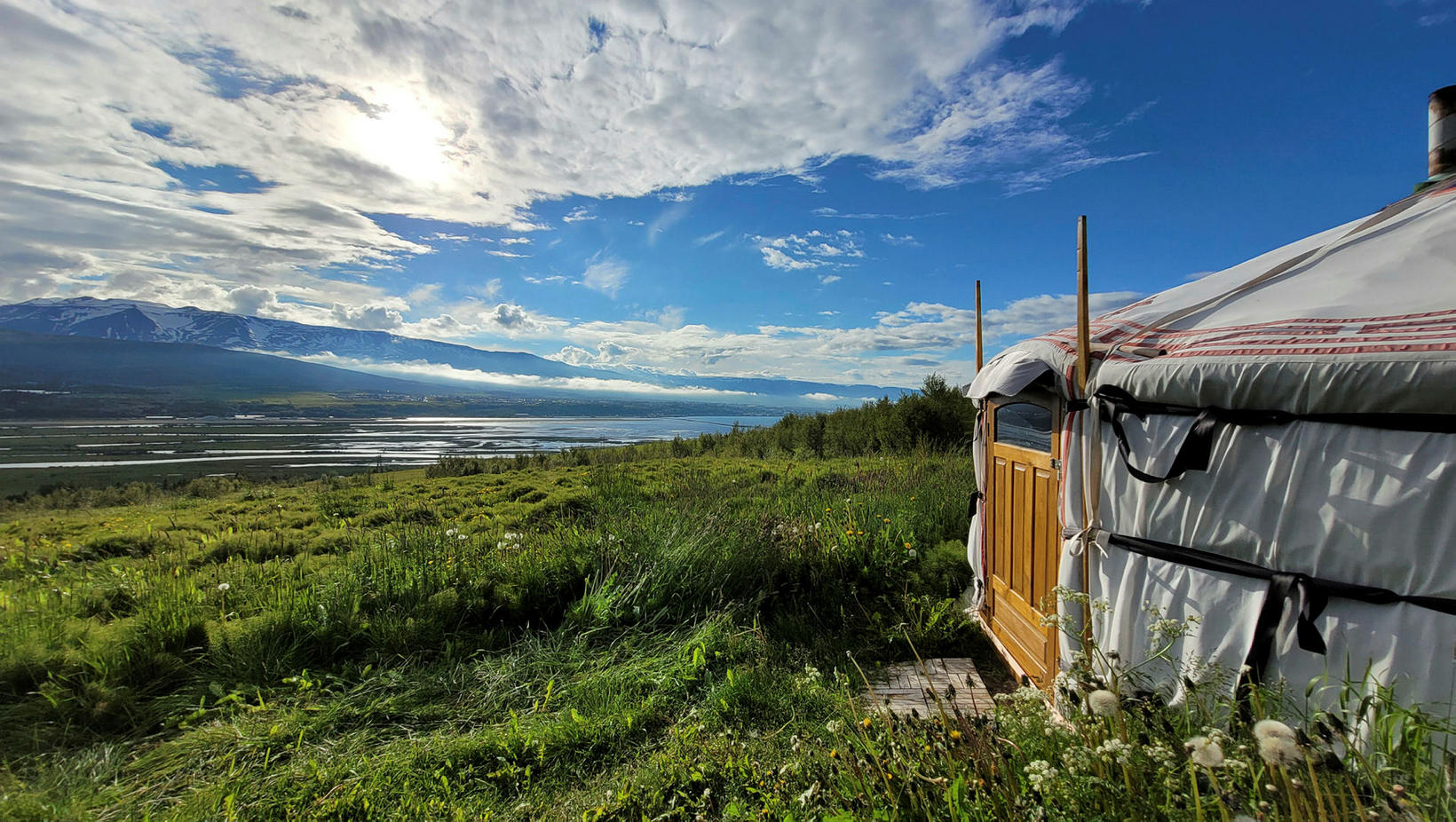
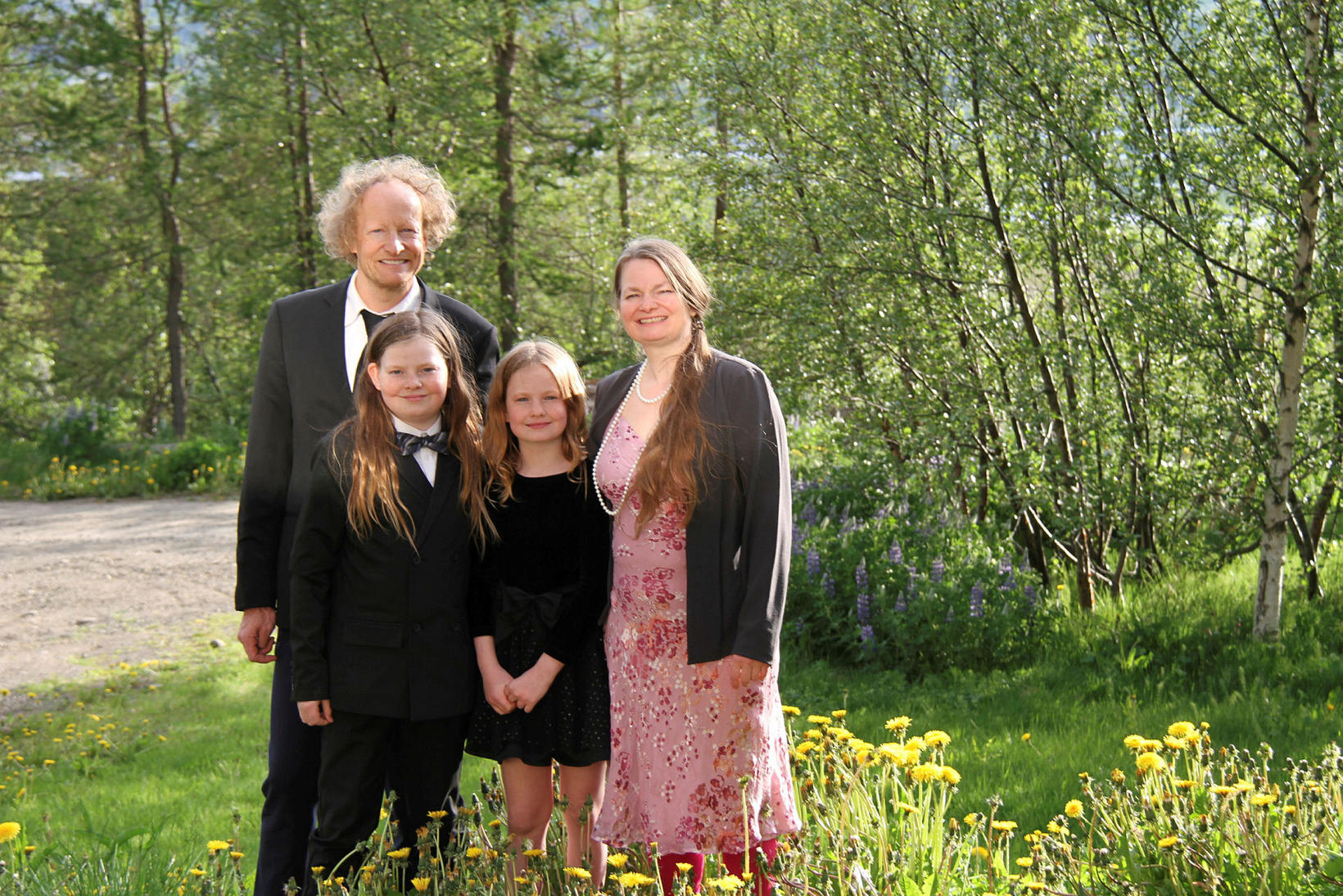
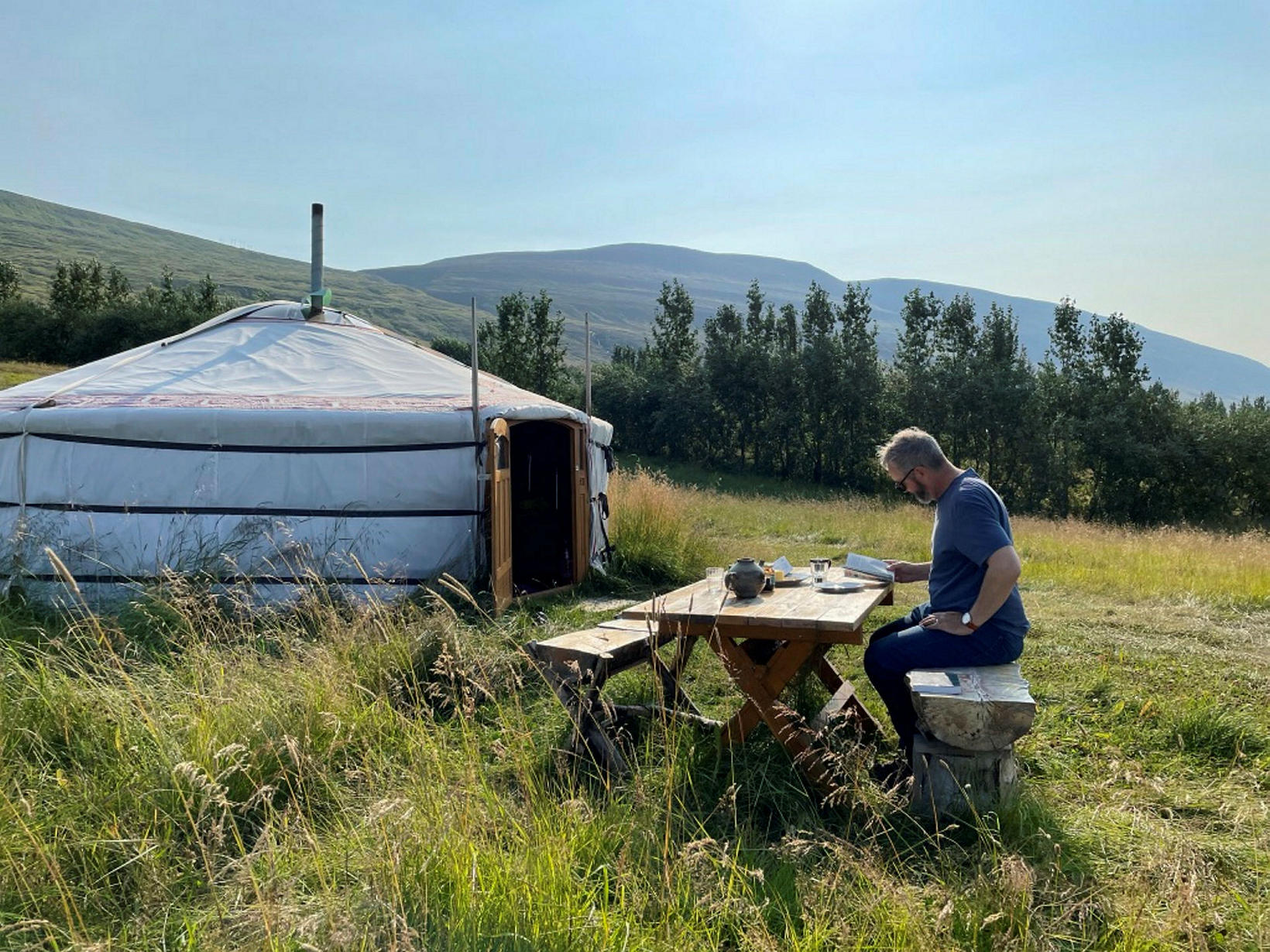
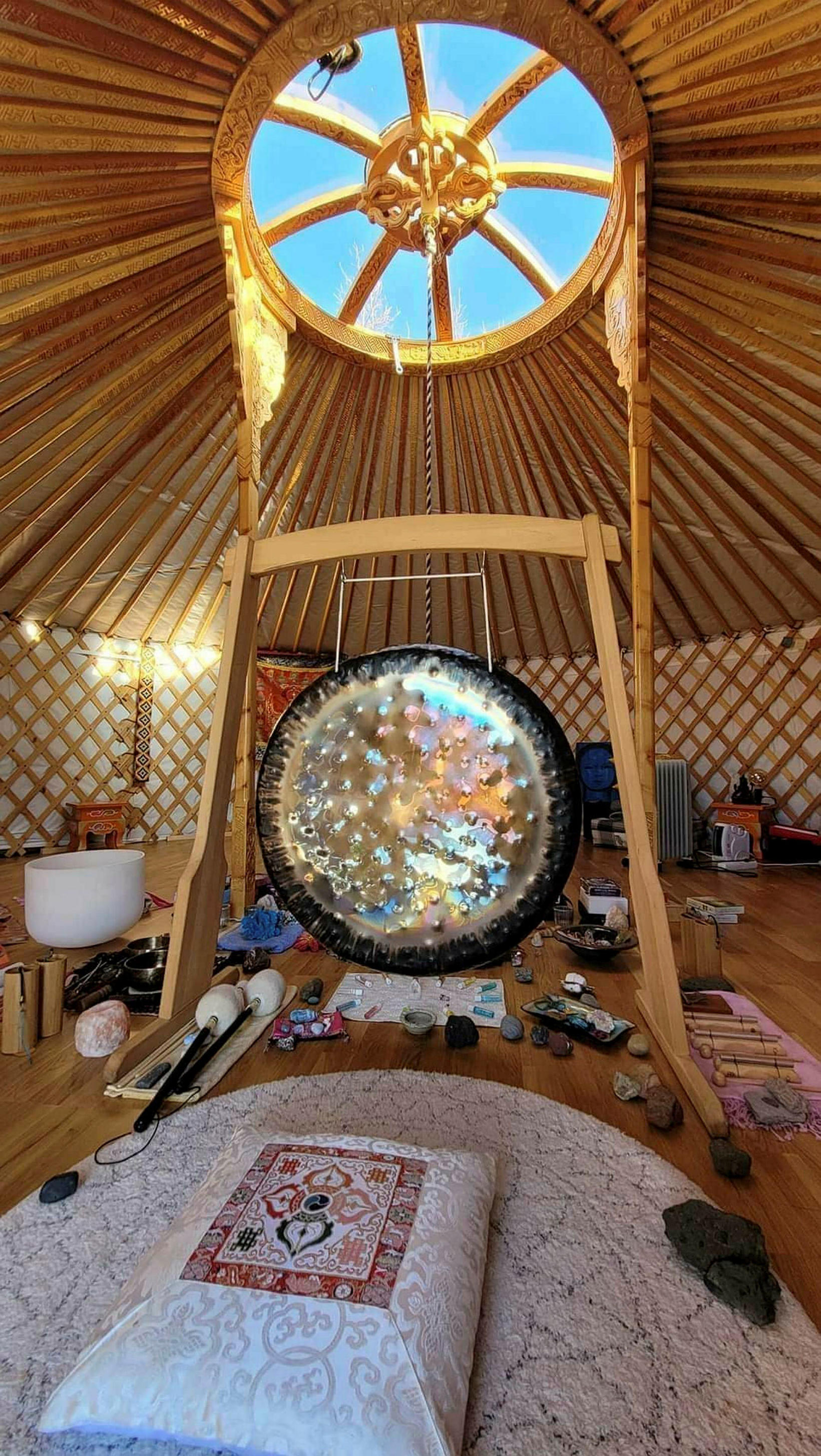
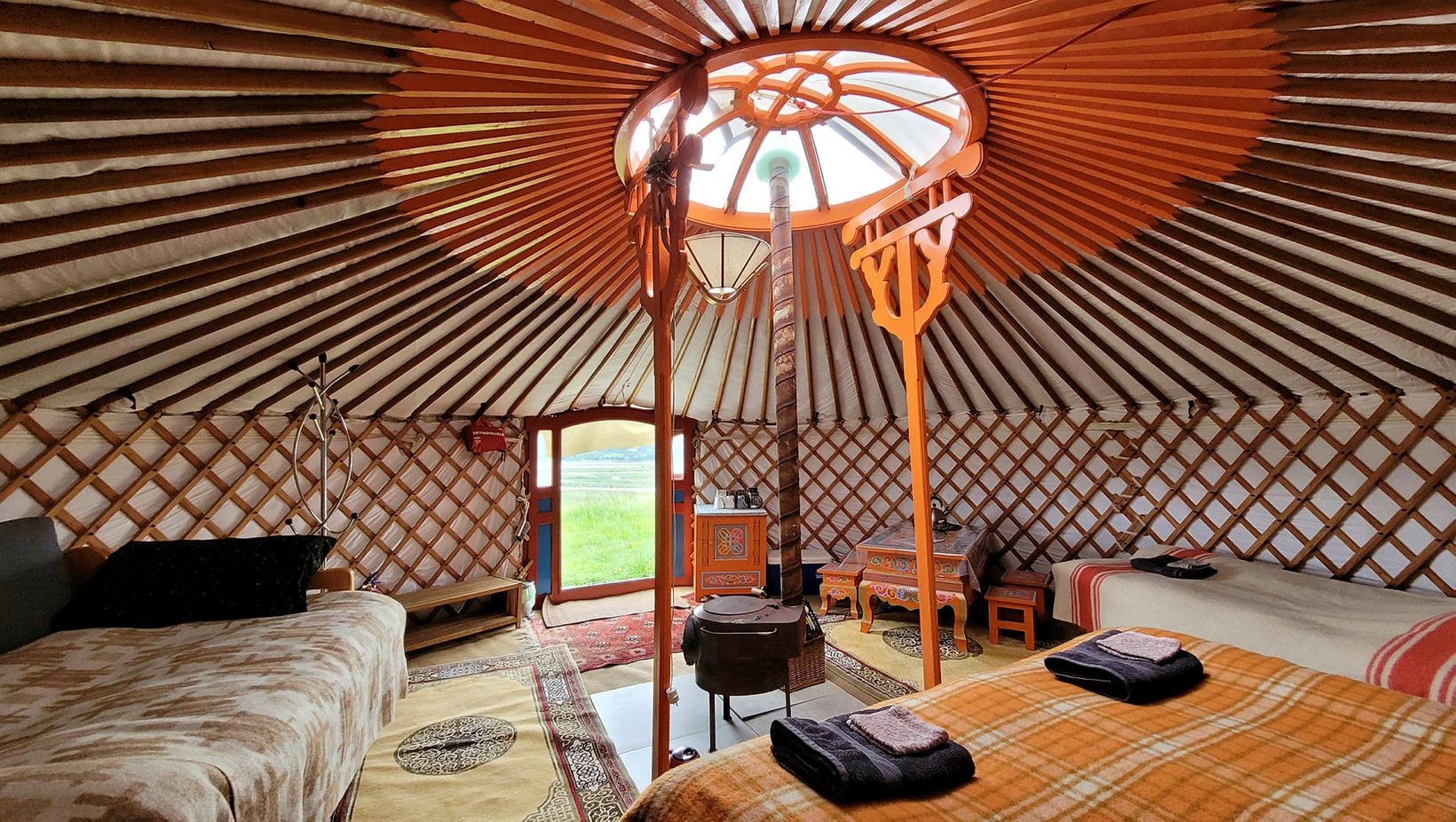
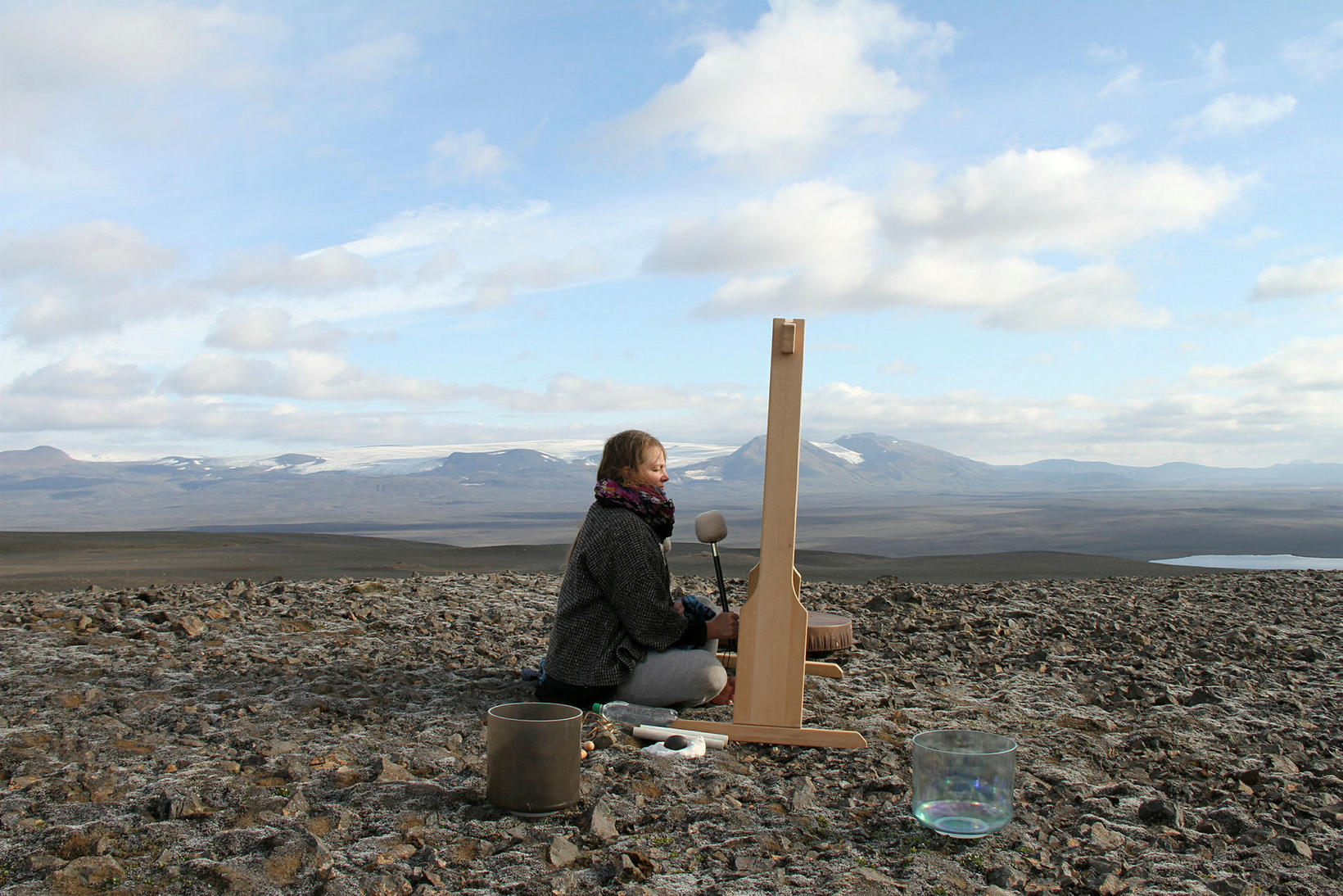




/frimg/1/53/30/1533092.jpg)

